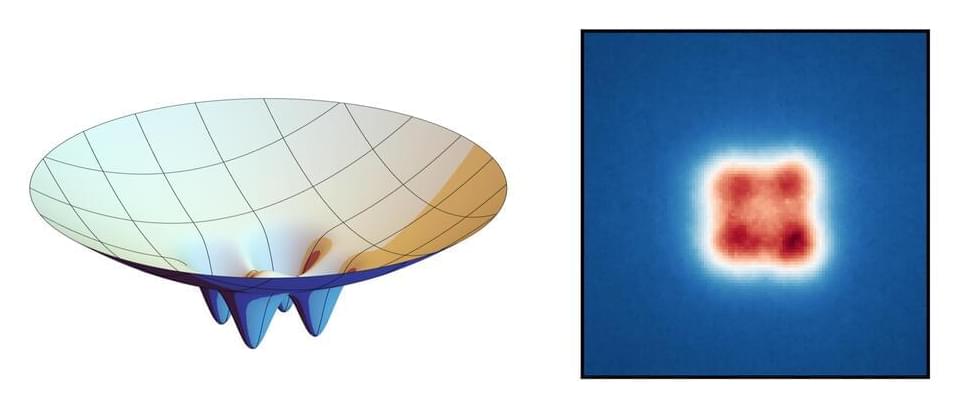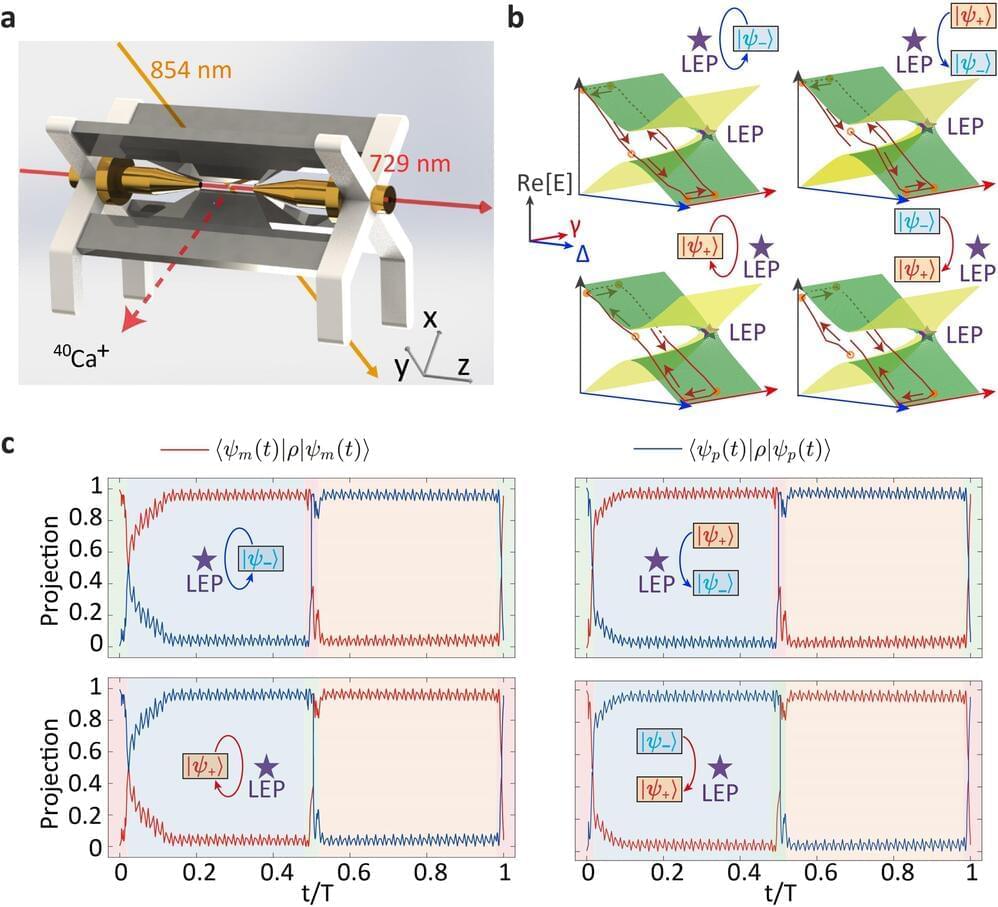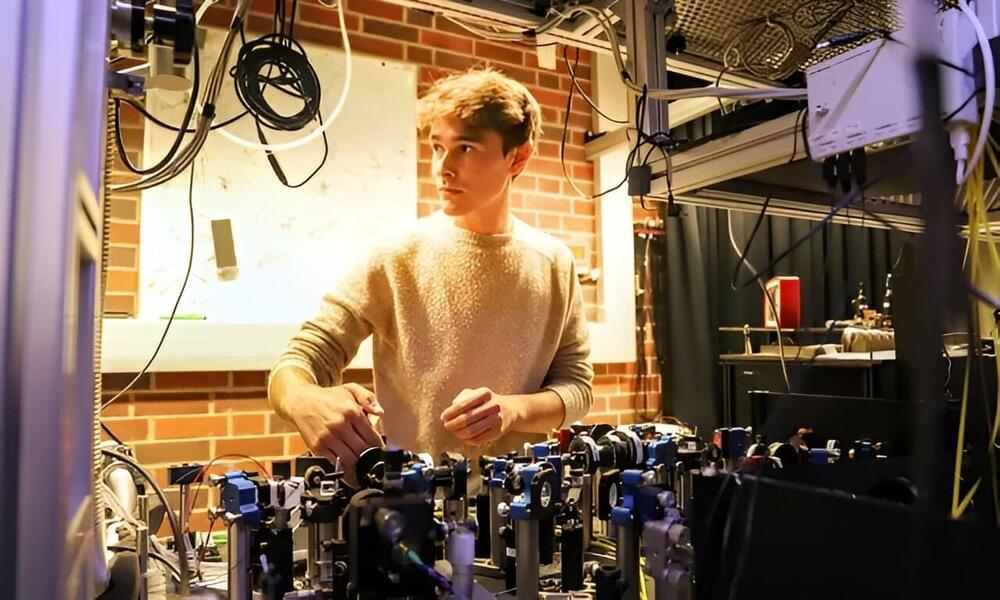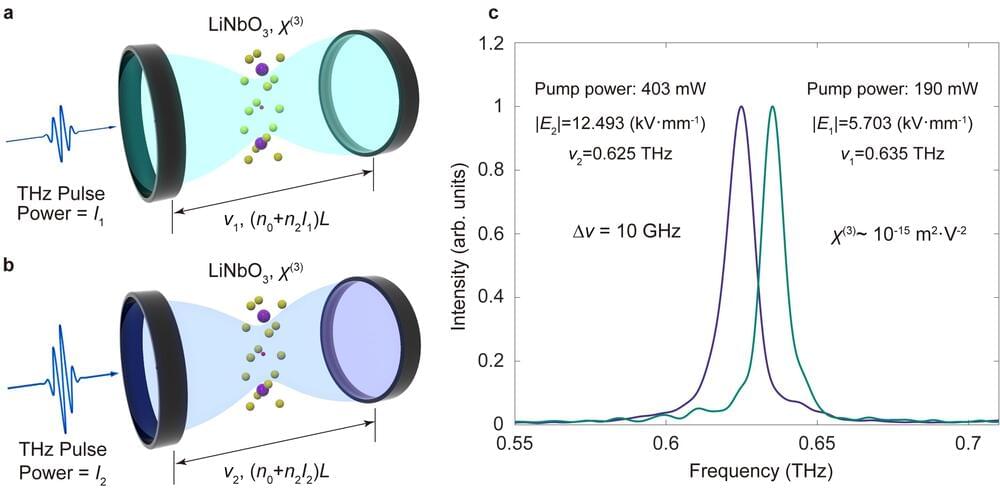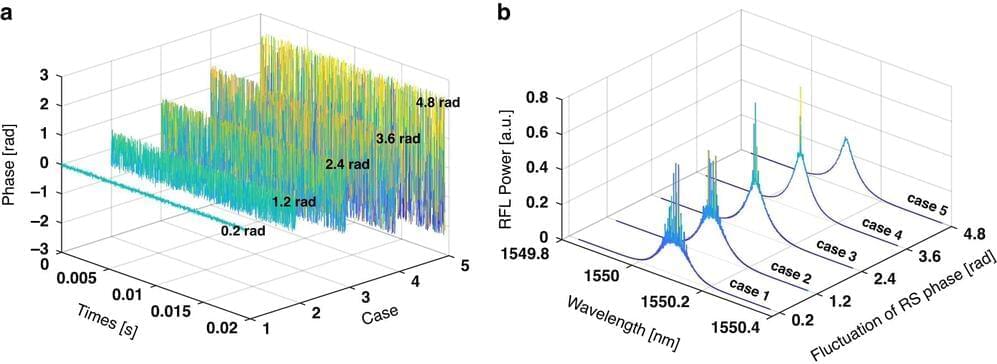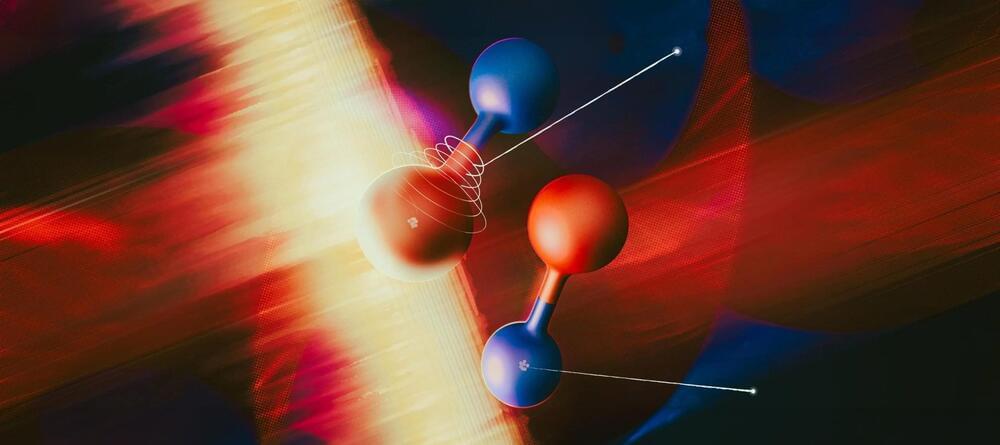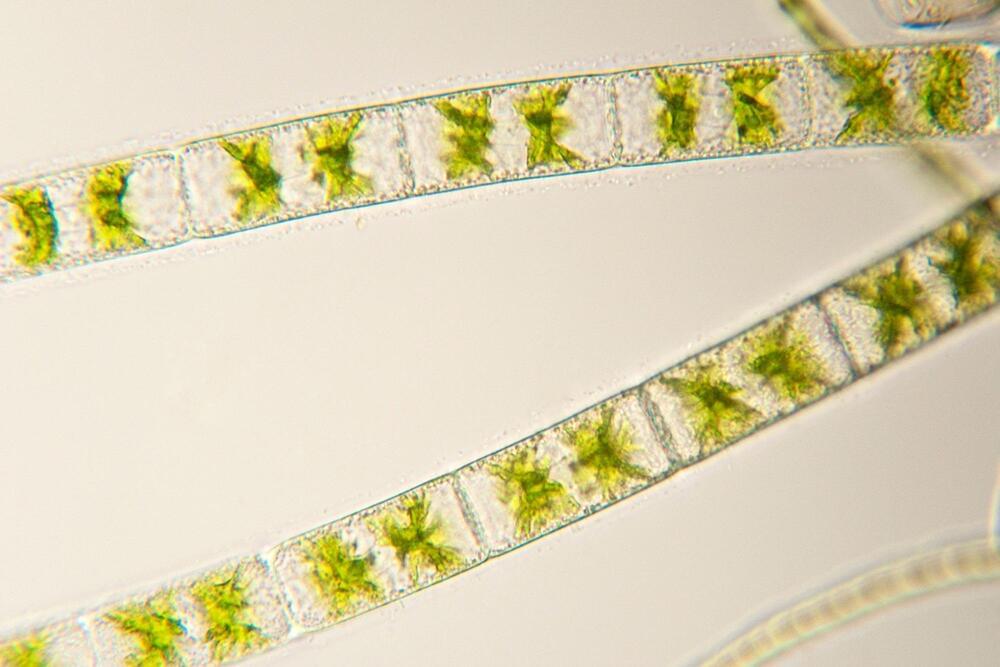Sep 3, 2024
Creating an ‘imprint’ on a super photon
Posted by Saúl Morales Rodriguéz in category: particle physics
Thousands of light particles can merge into a type of “super photon” under certain conditions. Researchers at the University of Bonn have now been able to use “tiny nano molds” to influence the design of this so-called Bose-Einstein condensate. This enables them to shape the speck of light into a simple lattice structure consisting of four points of light arranged in quadratic form.
